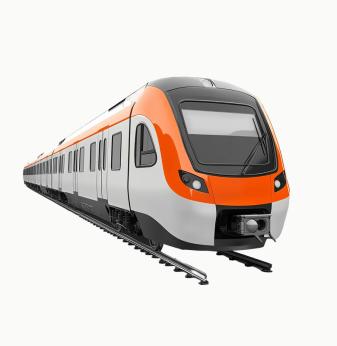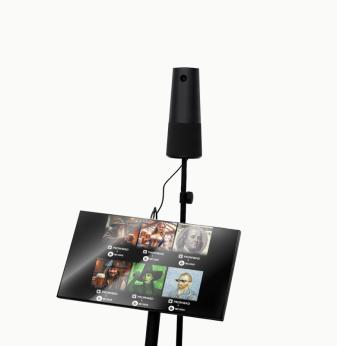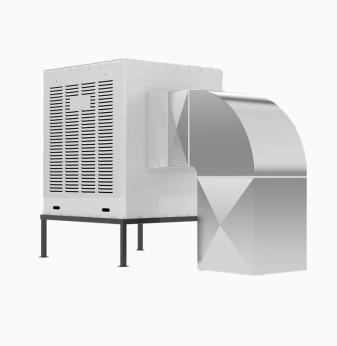Zero-Touch Calibration and Auto-Drift Compensation in Large Sensor Fleets
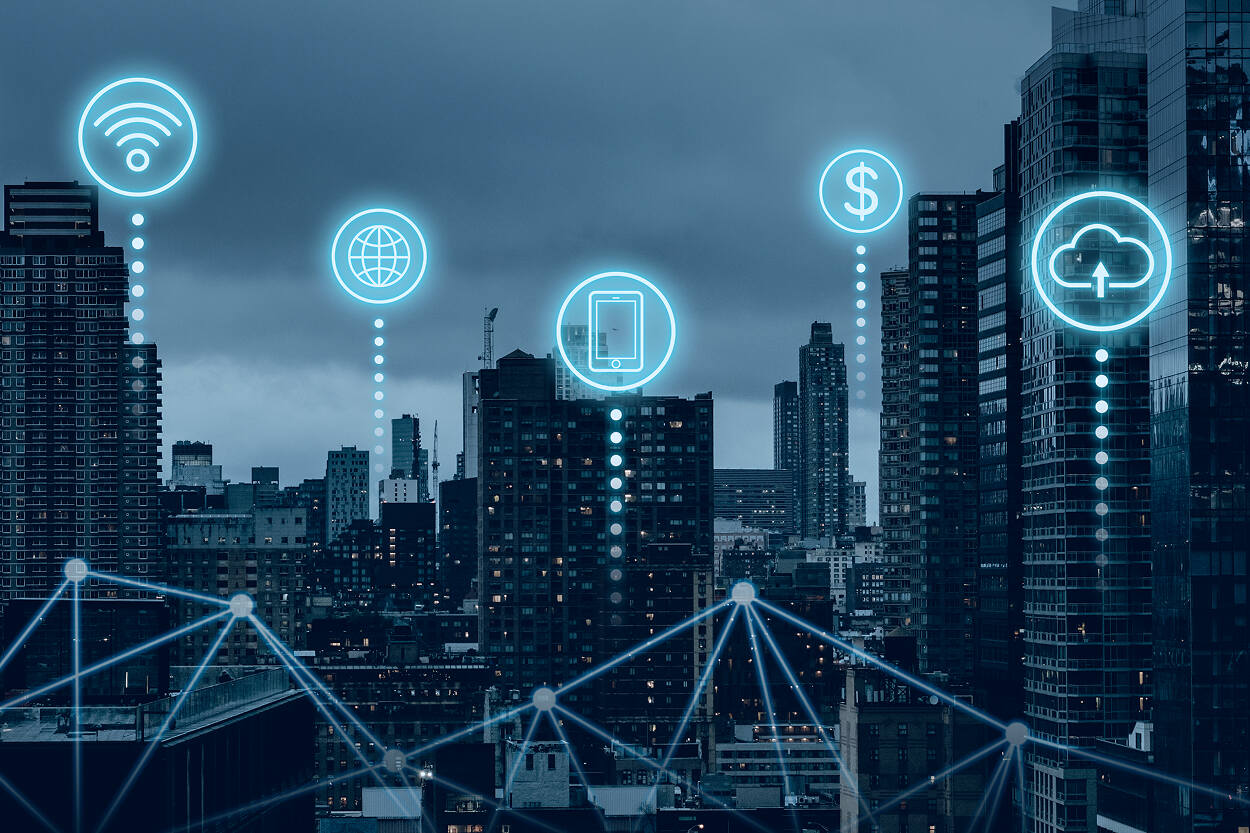
Every IoT ecosystem — from industrial plants to smart cities — relies on a growing ocean of sensors. These devices monitor temperature, vibration, air quality, humidity, pressure, and hundreds of other parameters critical to real-time operations. Yet every sensor drifts over time due to aging, environmental changes, or mechanical stress. When multiplied across thousands of nodes, manual recalibration becomes impossible to sustain.
Zero-touch calibration and auto-drift compensation are redefining how large-scale sensor networks maintain accuracy. Instead of sending technicians with calibration tools, systems now learn from data, compare cross-sensor patterns, and automatically correct deviations — all while staying online.
In 2025 and beyond, AI-driven calibration is transitioning from research to real-world deployment. For industries such as energy, transportation, and environmental monitoring, it’s becoming a cornerstone of reliable and scalable IoT infrastructure.
Why Calibration Has Become a Bottleneck
Sensors degrade for many reasons: component wear, temperature cycles, contamination, or voltage fluctuations. In the field, these effects manifest as bias drift — small deviations that accumulate over time and distort measurements.
In an industrial environment with hundreds or thousands of sensors, recalibrating each one manually means:
- High operational costs;
- Risk of downtime;
- Inconsistent calibration quality;
- Human error in measurement and labeling.
This manual approach doesn’t scale. As sensor networks expand into millions of nodes — from city-wide air monitoring to factory automation and predictive maintenance — the only sustainable option is automation.
Zero-touch calibration automates both detection and correction of drift using embedded intelligence, network coordination, and physics-aware AI models.
How Zero-Touch Calibration Works
Zero-touch systems operate on four foundational layers: sensing, modeling, collaboration, and actuation.
1. Sensing and Data Capture
Each sensor continuously logs its raw readings alongside metadata: temperature, supply voltage, uptime, and environmental context. These data streams feed local or cloud-based inference engines that monitor behavior patterns.
2. Drift Detection
AI models identify abnormal deviations from expected patterns.
- Statistical Baselines: Algorithms such as CUSUM (Cumulative Sum) or Kalman filters detect slow drifts.
- Machine Learning Models: Supervised or self-supervised models predict the “expected value” given environmental conditions and historical behavior.
- Peer Comparison: In dense sensor networks, nearby devices serve as cross-references — detecting anomalies without external calibration sources.
3. Auto-Drift Compensation
Once drift is detected, compensation can happen locally or centrally.
- Local Compensation: Edge firmware adjusts offsets or scaling factors in real time, using embedded AI or lookup tables.
- Global Models: A central system compares multi-sensor correlations to update correction factors fleet-wide.
- Self-healing Loops: The process repeats autonomously, allowing the system to remain accurate despite long deployment times.
4. Verification and Learning
The system periodically validates corrections using ground-truth references — such as mobile calibration units or satellite data — and refines models through online learning.
The Role of AI and Digital Twins
AI allows zero-touch calibration to move beyond static corrections into predictive and adaptive control.
- Predictive Drift Modeling: AI models trained on historical data can forecast drift trajectories for each sensor type or environment.
- Digital Twins: Virtual replicas simulate sensor physics, aging effects, and environmental interactions. They act as benchmarks for detecting deviations between simulated and real-world data.
- Federated Learning: Each sensor contributes local updates to a global model without transmitting raw data — preserving privacy and bandwidth while improving global accuracy.
These methods turn calibration into a continuous process, rather than a scheduled maintenance task.
Industrial Use Cases
- Smart Manufacturing
Factories deploy vibration and current sensors to monitor machinery health. Zero-touch calibration algorithms compare signals from multiple machines, automatically aligning sensor baselines and detecting early wear patterns before a human would notice. - Energy and Utilities
Gas flow, temperature, and power meters require high accuracy over years. Predictive drift models ensure consistency across substations, even when sensors are exposed to varying humidity or corrosion. - Environmental Monitoring
Air quality networks suffer from drift due to dust and humidity. AI models learn local weather dependencies, correcting PM2.5 and CO₂ sensors without manual recalibration — ensuring reliable public data. - Transportation and Mobility
In smart cities, traffic sensors and EV chargers use zero-touch calibration to maintain synchronization and precision in high-variation environments.
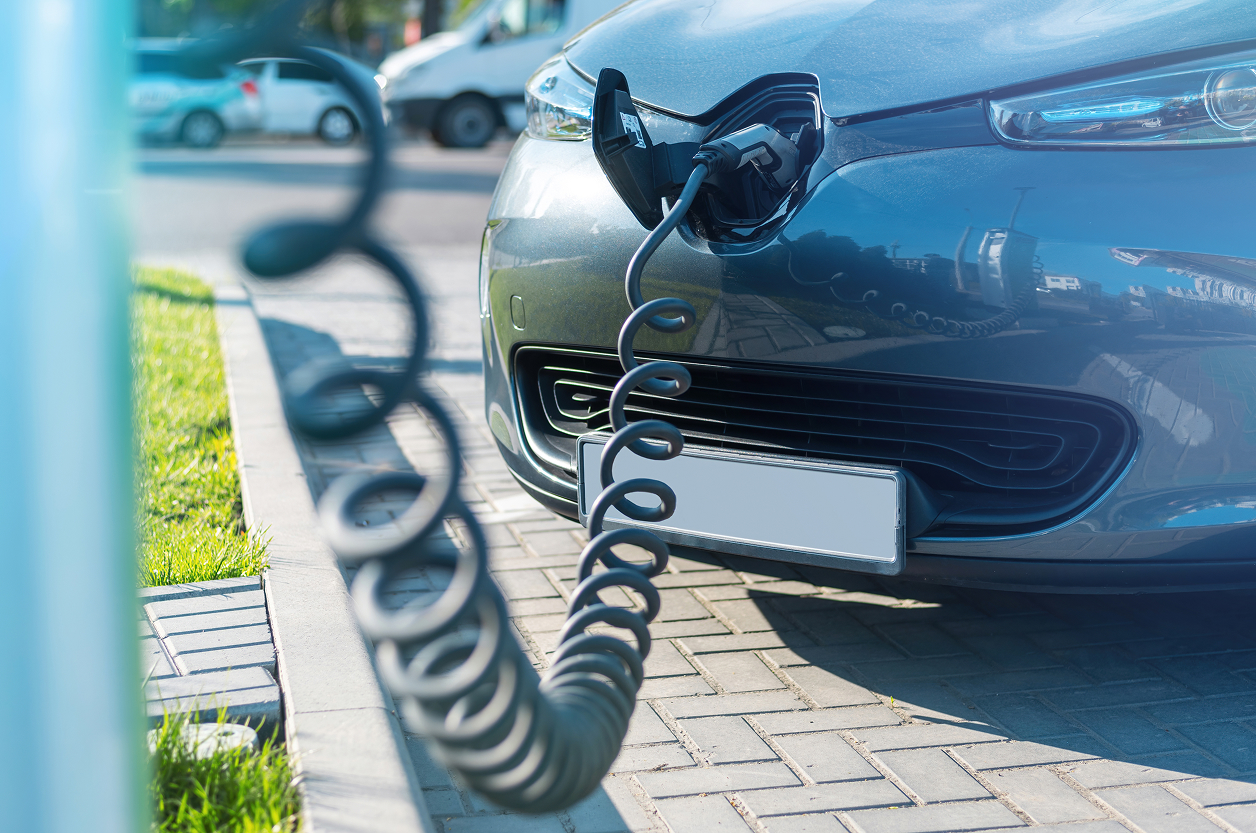
Engineering Challenges
Zero-touch calibration promises immense efficiency, but implementing it across fleets introduces challenges:
- Sensor Diversity — Different models, suppliers, and sensitivities require individualized correction strategies.
- Limited Compute Resources — Edge nodes often run on microcontrollers with tight power budgets, demanding lightweight models (TinyML).
- Data Quality Issues — Outliers and missing data can mislead drift detection algorithms.
- Reference Availability — For isolated nodes, external calibration sources may be unavailable.
- Model Validation — Regulatory and safety-critical systems (like medical or automotive) require explainable and certifiable algorithms.
Emerging frameworks combine AI interpretability with physical constraints, ensuring that automatic corrections remain verifiable.
Zero-Touch Implementation Strategies
Edge-First Correction
Embed lightweight models (e.g., 1D CNNs or Kalman-based ML hybrids) directly into sensor firmware. These models learn local environmental dependencies and adjust parameters autonomously.
Cloud-Assisted Optimization
Cloud or on-premise analytics aggregate data from thousands of devices, updating correction factors globally and distributing refined models back to the edge.
Collaborative Calibration
Groups of sensors cross-check each other. Outliers are identified and corrected relative to the median behavior of neighboring nodes. This is particularly effective in dense deployments such as smart grids or climate networks.
Event-Based Updates
Instead of continuous computation, zero-touch systems trigger recalibration events based on detected drift thresholds, minimizing energy consumption.
Quantifying the Benefits
Organizations that have implemented predictive calibration report measurable improvements:
- 70–90% reduction in manual maintenance costs.
- Up to 60% longer sensor lifespan before field replacement.
- 10× fewer false alarms in monitoring systems.
- Consistent accuracy within ±2%, even after multi-year operation without manual recalibration.
For global IoT deployments, these benefits translate into substantial ROI — especially in energy, utilities, and smart infrastructure sectors.
The Road Ahead: Toward Self-Calibrating IoT
As AI accelerates at the edge, self-calibrating sensor fleets are becoming a realistic design goal. The convergence of embedded AI, predictive modeling, and federated learning will soon make drift-free operation the default.
Future systems will incorporate cross-domain learning — where environmental, mechanical, and thermal data reinforce each other for deeper context. Combined with digital twins, these fleets will evolve into self-diagnosing networks capable of detecting, explaining, and correcting errors with minimal human intervention.
By 2030, zero-touch calibration will underpin the reliability of every large-scale IoT system — from autonomous agriculture and smart grids to healthcare and industrial robotics.
AI Overview: Zero-Touch Calibration and Auto-Drift Compensation
Zero-Touch Calibration — Overview (2025)
AI and predictive modeling enable sensor fleets to maintain accuracy without human intervention. Zero-touch calibration detects and compensates for drift through data-driven self-correction, extending sensor life and ensuring reliability across massive IoT deployments.
- Key Applications: smart factories, utilities, environmental monitoring, transportation systems, healthcare sensors.
- Benefits: 70–90% maintenance cost reduction, 60% longer sensor life, improved accuracy, fewer false positives, and enhanced system uptime.
- Challenges: model generalization across diverse sensors, compute limitations on edge nodes, and regulatory validation.
- Outlook: by 2030, auto-calibration and drift prediction will become standard for IoT devices, enabling fleets that self-monitor, self-correct, and self-optimize in real time.
- Related Terms: sensor fusion, federated learning, digital twins, edge AI, predictive maintenance.
Our Case Studies

